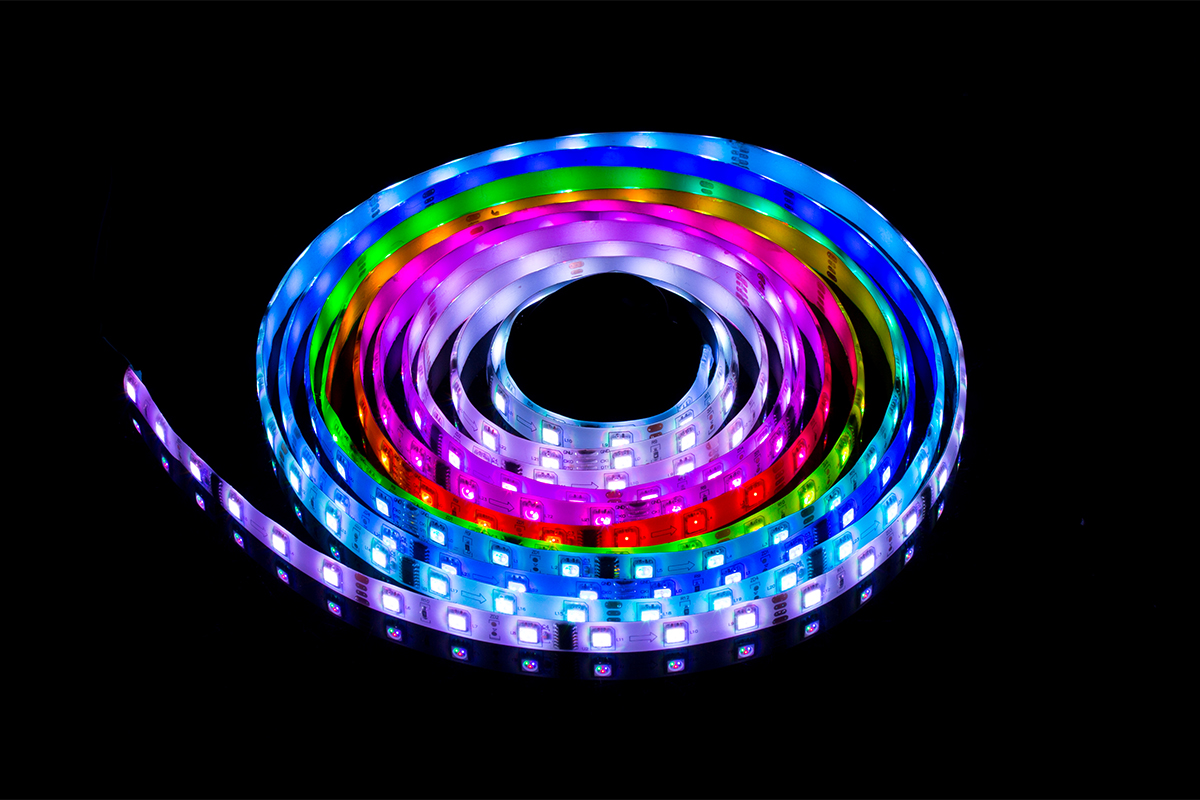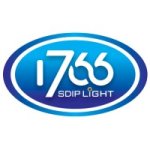A
DMX LED strip light refers to a type of LED strip that can be integrated into
DMX (Digital Multiplex) lighting control systems for more sophisticated and synchronized lighting effects. The DMX protocol is a digital communication protocol that offers a range of advantages, including standardization, scalability, flexible control, compatibility, reliability, and cost-effectiveness. Whether in theaters, concert venues, architectural projects, or other settings, DMX remains a foundational protocol that empowers creative expression and contributes to the immersive and visually stunning experiences in the world of lighting design. Incorporating DMX technology into
LED strips enables experimentation with different colors, intensities, and effects to achieve the desired visual impact, allowing for creativity in lighting projects.
DMX LED strips work by receiving DMX signals from a controller, interpreting the signals based on their assigned DMX addresses, and adjusting the lighting parameters of each segment accordingly. DMX LED strips are segmented, and each segment has a specific DMX address. Each DMX channel represents a different parameter, such as color or intensity. The length of each segment depends on the DMX channel requirements of the LED strip. For example, an
RGB LED strip might require three channels per segment (one for each color), while a pixel-mappable strip (
addressable LED strip) might require more channels per segment.
DMX LED strip lights require a DMX controller to operate. The DMX controller serves as the interface between the user or lighting designer and the LED strip. It allows for programming and triggering various lighting effects. DMX signals are sent as a series of values, where each value corresponds to the intensity or setting of a specific parameter. The DMX controller can be a physical console, a computer running DMX software, or a specialized DMX lighting controller. It allows users to manipulate the values of individual channels to control the various parameters of the connected fixtures.
A DMX decoder is in a DMX LED strip to convert DMX signals into control signals for individual LED strips.
Addressable LED strips typically have an integrated controller or decoder within each pixel, allowing for independent control. The DMX decoder receives DMX signals from a DMX controller. These signals typically consist of digital data packets that convey information about color, intensity, and other control parameters. The DMX decoder transforms the DMX signal into a signal that can control the individual LEDs on the
addressable LED strip. This might involve using protocols like PWM (Pulse Width Modulation) for dimming and color mixing. DMX decoders are designed to work with specific types of LEDs. For example,
RGB LED strips require a different DMX decoder compared to
RGBW (Red, Green, Blue, White) LED strips.
The DMX controller sends DMX signals to the DMX LED strip through a DMX cable. This is typically done using a standard XLR or RJ45 cable, depending on the connector type supported by the LED strip. Each device in the DMX chain, including the LED strips, is daisy-chained using the DMX connectors. DMX LED strips require an external power supply to provide the necessary voltage and current for the LEDs to function.
Key features of DMX LED strips
Scalability
DMX LED strip lights are highly scalable, allowing for the control of a large number of LED strips over a significant distance. This scalability is crucial in
architectural lighting and large-scale productions where numerous lights need to be coordinated and synchronized.
Unified control
DMX enables unified control of multiple LED strips as a single system. This is essential in environments such as theaters and concert halls where the lighting needs to be precisely coordinated with the overall production, including music, stage design, and other visual elements.
Synchronization
DMX allows for precise synchronization of lighting effects across multiple LED strips. In theaters and concerts, synchronized lighting is critical for creating immersive experiences, enhancing performances, and conveying specific moods or atmospheres.
Interoperability
DMX is an industry-standard protocol, ensuring interoperability between DMX-compatible devices from different manufacturers. This standardization allows for the integration of DMX LED strip lights into a cohesive lighting design. These LED strips can be integrated with professional lighting consoles, allowing lighting designers to have precise control over each fixture. This level of control is essential for achieving the desired visual effects in architectural and
stage lighting designs.
Dynamic lighting
DMX LED strips often feature RGB (Red, Green, Blue) LEDs. The ability to control the intensity of each color independently enables the creation of a wide range of colors. The DMX control enables dynamic color changes, fades, and transitions, providing flexibility for creating captivating lighting displays.
Programmability
DMX LED strips are often compatible with lighting control software, allowing for more advanced programming and customization of sequences or scenes, which are specific configurations of DMX channels, specifying the desired values for each parameter of the LED strips. These sequences can be easily triggered during live performances or events, providing a level of automation and repeatability that is beneficial in concert settings.
Flexibility
The flexibility of DMX control is a key strength, offering fine-grained control over individual fixtures and parameters. This capability facilitates the creation of intricate lighting designs and effects, enhancing the visual impact of performances, events, and architectural installations.
Reliability
The reliability of DMX in real-time communication, coupled with its adaptability to various lighting technologies, including the transition to LED strips, underscores its suitability for dynamic and responsive lighting applications. The simplicity of DMX wiring, along with its cost-effectiveness, further contributes to its accessibility and practicality.
Applications
DMX LED strip lights find applications in various professional lighting scenarios where dynamic and programmable lighting is required. They are extensively used in stage lighting setups for concerts, theatrical performances, and other live events. In nightlife venues, DMX LED strips are employed to create immersive lighting environments. DMX LED strips are used in
architectural lighting to highlight and accentuate the features of buildings, bridges, and other structures. DMX LED strips are popular for event decoration and weddings. They can be used to create vibrant color schemes, dynamic patterns, and thematic lighting that complements the overall decor. In film and television production, DMX LED strips are employed for set lighting. DMX LED strips are used in retail environments to create eye-catching and dynamic displays. Theme parks often use DMX LED strips in rides, attractions, and themed areas. In museums and exhibits, DMX LED strips are utilized to illuminate artwork, artifacts, and displays.












